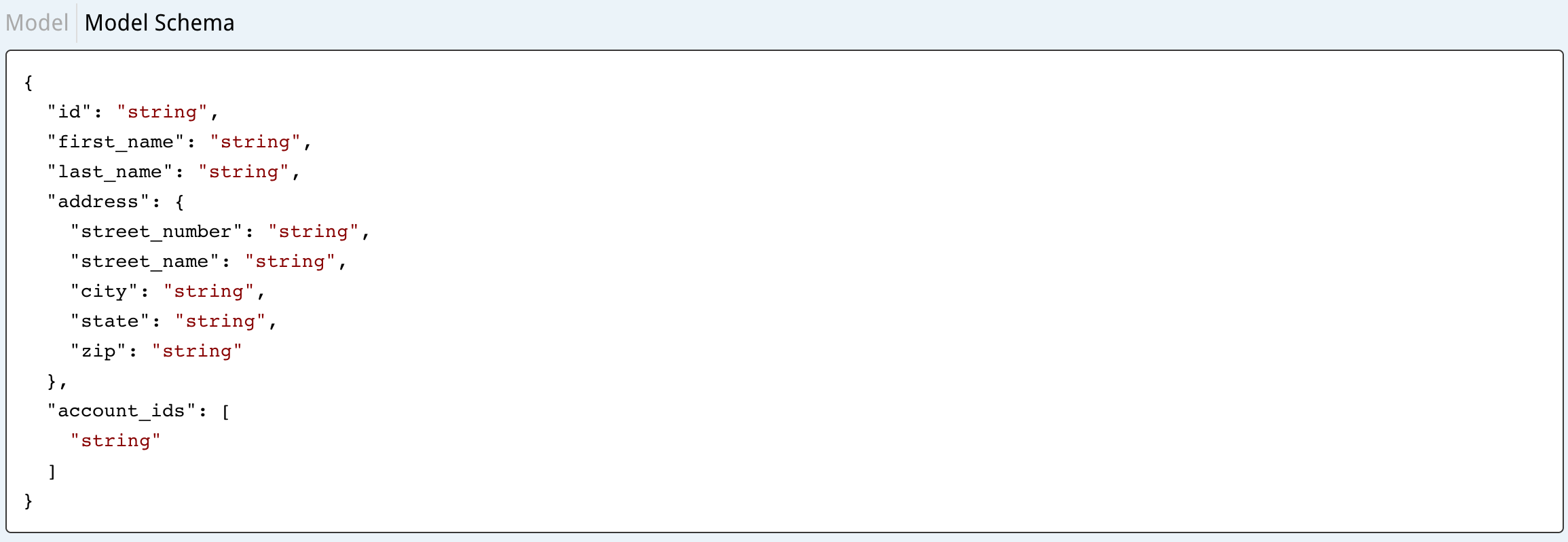
Nessie is Capital One’s Hackathon API that gives you access to a multitude of real public-facing data - such as ATM and bank branch locations - along with mock customer account data. Use HTTP requests to set up peer-to-peer transactions, simulate a weekly paycheck, or even schedule bills for customers! This is all structured in a way that resembles how we actually run things here at Capital One.
If you don't have a Github account, you can sign up for free here.
Go to your profile to get your key. You will need it to make requests to the API. Use your API key by adding it to each request as a query parameter:
api.nessieisreal.com/customers?key=9203847529304875
All of the API endpoints can be found on our interactive documentation page. Click on an endpoint to find out how to use it. To test the endpoint, follow the instructions to fill out the path and query parameters as necessary and click "Try It Out!".
The implementation notes section documents what the endpoint does.
This section describes the JSON string you can expect to receive from the HTTP request. Click on Schema to see the format of the JSON string and click Model to see the description of each of the fields.

This section lists the required and optional input parameters to make the HTTP request. If an input JSON string is required you’ll see the Model and Schema specifications, as you did with the response class. Click on the displayed Schema to copy it into the text box and save some time
When making requests to enterprise endpoints, you are acting as an analyst at Capital One. You can perform GET requests to read all data in the system. However, you cannot add, modify, or delete any data. All enterprise URLs start with api.nessieisreal.com/enterprise
When making requests to customer endpoints, you are acting as a customer of Capital One. You can perform requests that involve data that you own. Go to your profile to see a table outlining the customers you have access to. Any request URLs that do not include /enterprise are customer endpoints.
Postman is a popular chrome extension used to make direct HTTP requests. It allows you to bookmark requests and look through your request history to simplify testing and debugging. Just make sure to include the appropriate headers and don't forget your API key.
HTTP requests can be made using various languages and libraries. Check out some of our favorite examples!
This API was built with a number of other technologies. We'd like to thank the makers of Swagger API Documentation Generator, Express, Mongodb, Flask, Sass, Bourbon.io, jQuery, and other community built packages we rely on.